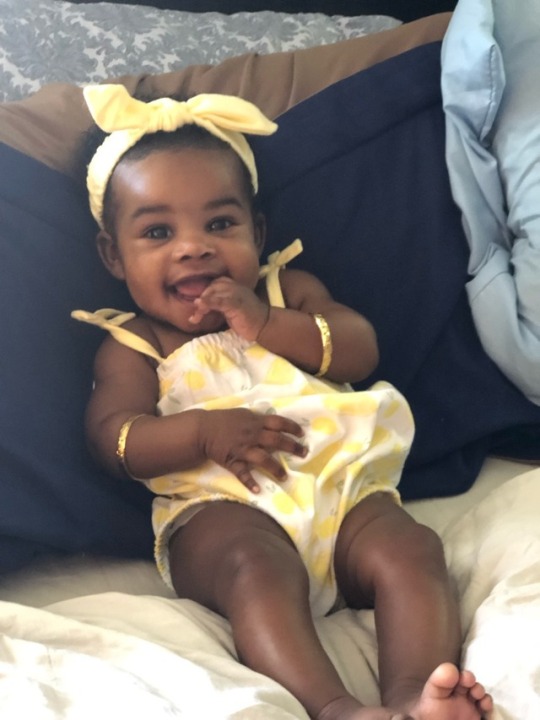

Chordee is a contraindication to circumcision in the newborn period, but if desired, circumcision can be done at the time of surgical correction. In this baby, the curvature is most visible from this view from the side. Treatment may be needed to help the bilirubin break down and get rid of the yellow color. It can occur in the setting of hypospadias, but can also be isolated, as in this case. It will pass within the first day or two of life and is a completely. That’s meconium, a substance that gradually filled your baby’s intestines in utero. The first few times you change your baby’s diaper, you may notice newborn baby poop that’s greenish-black and sticky or tar-like. This is especially true of babies born early, or prematurely. Black baby poop Sticky, greenish-black baby poop. best stuffed animals for newborns, babies, and toddlers 2022. But sometimes a baby’s liver can’t process bilirubin as quickly as needed. Check out some of our favorite Black-owned baby brands that sell unique and inclusive. Jaundice occurs in about half of all babies after birth, and usually goes away by itself. It leaves the body through the urine or stool. This substance is processed by the baby’s liver. The breakdown releases a yellow substance called bilirubin, which causes the yellow color. It happens because the body is breaking down red blood cells (a normal process after birth). It usually starts in the face, then moves down to the chest, lower belly, and legs.
#Newborn black baby skin
Jaundice is a yellowing of the skin and the whites of the eyes. Tell your baby's healthcare provider or a nurse right away if you notice mottling. In other babies, it could be due to a congenital heart problem, poor blood circulation, or an infection. Mottling is not uncommon in premature or ill babies in the neonatal intensive care unit. The parts of the skin that are not blotchy may be very pale (this is called pallor). There may also be a bluish marbled or weblike pattern on the baby’s skin. Mottling occurs when the baby’s skin looks blue or pale and blotchy. If you notice cyanosis, tell your baby's healthcare provider or a nurse right away. It may mean the baby is not getting enough oxygen. It happens when the baby’s red blood cells aren't carrying as much oxygen as expected. CyanosisĬyanosis can be a blue color around the mouth or face, or over the whole body. This is normal, and will go away by itself. Later, acrocyanosis can come back if the baby is cold (such as after a bath). The problem goes away as the baby's body gets used to new blood circulation patterns. It happens because blood and oxygen are circulating to the most important parts of the body such as the brain, lungs, and kidneys rather than to the hands and feet. In fact, most newborns have some acrocyanosis for their first few hours of life. With acrocyanosis, the baby’s hands and feet are blue. But skin color changes may be more obvious in babies born early, or prematurely, who have thinner skin than full-term babies. The changes described below can happen to any newborn.

In newborns, skin color changes are often due to something happening inside the body.


 0 kommentar(er)
0 kommentar(er)
